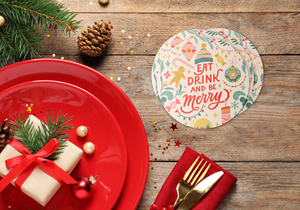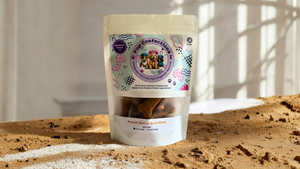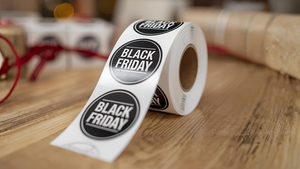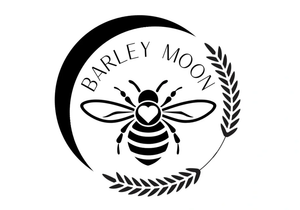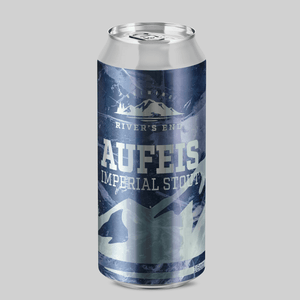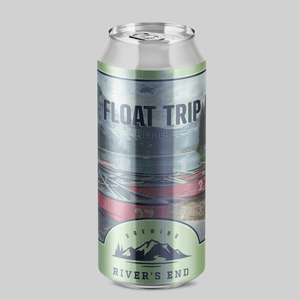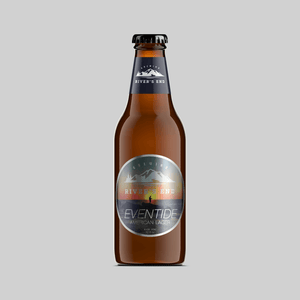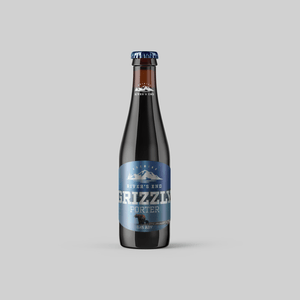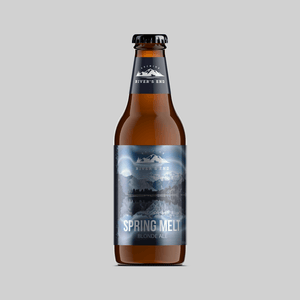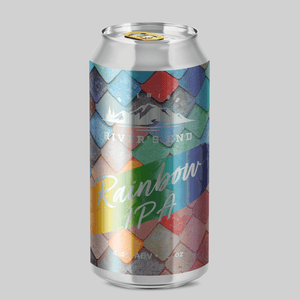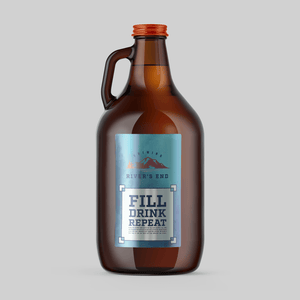7 Best Practices for Designing Silver Labels

You're browsing the shelves of a boutique grocery store, searching for a special bottle of craft beer to bring to a dinner party. Your eyes scan the rows of bottles, each vying for your attention. Suddenly, one bottle catches your eye. Its label gleams with a sleek, metallic finish that stands out amidst the sea of ordinary packaging. You pick it up, drawn by its sophisticated look, and immediately feel confident in your choice. This is the power of silver labels.
Silver labels offer a unique combination of durability, elegance, and versatility that can transform any product. Whether you're running a small business, a craft brewery, or a luxury spa, silver labels can add that premium touch that attracts attention and reinforces the quality of your brand.
What is a Silver Label?
A silver label is a type of adhesive label with a metallic silver finish. These labels are typically made from materials like polyester or vinyl, which are coated with a layer of metallic silver. The result is a shiny, reflective surface that adds a touch of sophistication and professionalism to any product. Silver labels can be printed with various designs, texts, and colors, making them highly customizable to suit different branding needs.

How Are Silver Labels Made?
The process of creating a silver label starts with choosing a sturdy but flexible base material, usually polyester or vinyl. Next, a thin layer of metallic silver is applied, giving the label its reflective finish.
The real magic happens during the printing stage, where advanced techniques like flexographic or digital printing bring your designs to life with vibrant colors and crisp text. After printing, the labels are carefully cut into the desired shapes and sizes.
Finally, you can top it off with various finishing touches such as lamination, varnishing, or embossing. These finishes enhance the label's appearance and provide extra protection, ensuring your silver labels look great and last long, no matter where they end up.
What Are Silver Labels Used For?
Silver labels are incredibly versatile and can be used across various industries. In the food and beverage sector, they’re perfect for premium packaging, helping brands stand out with their reflective and attractive appearance. For example, kombucha brands can use silver labels to differentiate their products in a crowded market.
Small businesses, from artisanal shops to boutique stores, can leverage silver labels to elevate their brand images and make products look more high-end. For instance, spas and salons might use silver labels on cosmetic products, oils, and other beauty items, creating a luxurious and sophisticated look that aligns with their brand aesthetics.
Additionally, silver labels are excellent for promotional materials, event giveaways, and product launches, offering a long-lasting and eye-catching way to showcase a brand's identity.

What Are the Benefits of Using Silver Labels for Your Product?
From their durability to scene-stealing ability, silver labels offer a range of advantages that make them a great choice for product packaging. Consider the following benefits of silver labels for your product:
Durable
Silver labels are known for their durability. Thanks to the materials used, silver labels hold up well against tearing, scratching, and fading — and they remain intact and legible even in harsh conditions. This makes them ideal for products exposed to rough handling, moisture, and varying temperatures.
Water and Oil Resistant
The metallic coating on silver labels provides excellent resistance to water, oil, and other liquids. This makes them suitable for products stored or used in environments where they may come into contact with moisture or oily substances, such as kitchen items, industrial equipment, and outdoor products.
Grabs Attention
The reflective nature of silver labels makes them highly visible and attractive. They catch the light and draw attention, making your product more noticeable on the shelf. Their visual appeal can enhance brand recognition and attract new customers.

7 Best Practices for Designing Silver Labels
Designing silver labels that look great and work well requires careful consideration of several factors. Here are a few tips and tricks:
Highlight Brand Identity
Your silver label should showcase who you are as a brand. Make sure to include your logo, brand colors, and other design elements that match your overall look and vibe. This helps to create a cohesive look and reinforces brand recognition.
Keep it Simple
Simplicity is key when designing silver labels. Avoid cluttering the label with too much information or overly complex designs. A clean and straightforward image helps essential information pop, and keeps the overall look polished.
Choose Colors Carefully
When designing custom silver labels, it’s important to choose colors that complement the silver background. Some colors (like gray or pastels) may clash with the metallic surface, making the text or images hard to read. Instead, opt for high-contrast colors like black, white, or bold shades that pop.
Explore Different Finishing Options
Different finishing options can enhance your labels’ appearance and boost their durability. Consider options like matte or glossy lamination, embossing, debossing, or varnishing to add texture and protect the label from wear and tear.
Include Regulatory Information
If your product requires regulatory information, such as safety warnings, ingredient lists, or usage instructions, make sure this information is clearly visible. Compliance with regulatory standards is crucial for customer safety and legal purposes.
Choose Easy to Read Font
Select a font that’s legible and easy to read, even from a distance. Avoid overly decorative or intricate fonts that may be difficult to decipher. Clear and bold typography makes the information on the label easily accessible to all customers.
Test Your Design
Before finalizing your design, print a sample of the label to see how it looks on the actual product. This allows you to make any necessary tweaks and confirm that the final version will meet your expectations.
What Different Shapes are Available for Silver Labels?
Silver labels come in all sorts of shapes to fit different needs and design styles. Here are some common shapes:
- Rectangles and squares are ideal for product packaging, shipping labels, and regulatory information.
- Circles and ovals are perfect for branding, promotional stickers, and seal labels.
- Custom die-cut shapes can be tailored to fit specific designs or product contours, adding a distinctive touch to your labeling.
Where to Design Custom Silver Labels
Silver labels are a fantastic way to enhance your product packaging and branding. By following the best practices outlined in this article, you can design custom silver labels that are striking, durable, and aligned with your brand identity!
Ready to make your products shine? Get started with Stomp’s easy-to-use design tool and create your custom silver labels today.
- Nashira Edmiston


